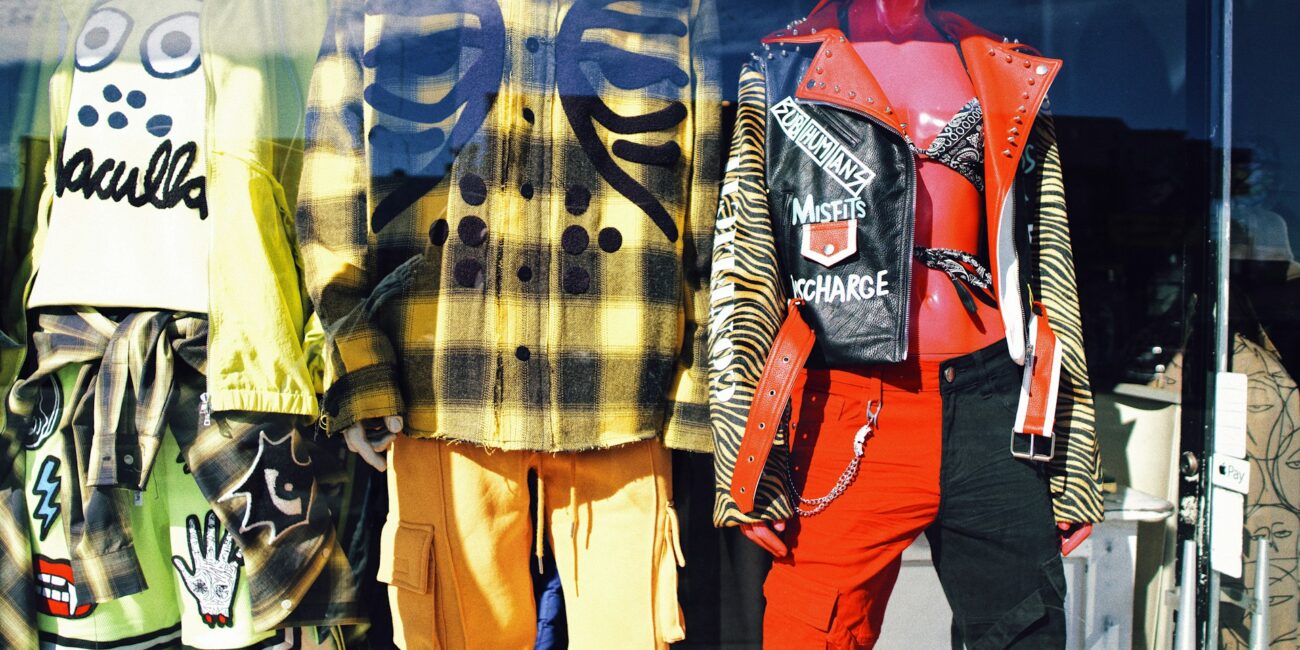The five stages of a fashion trend describe how a style or trend develops, spreads, and eventually fades. Here’s a breakdown of each stage:
- Introduction
- What happens: A new style is created and introduced — usually by designers, fashion shows, or celebrities.
- Who wears it: Trendsetters, influencers, and fashion leaders.
- Price level: High — luxury or limited edition items.
- Example: A new silhouette appears on the runway at Paris Fashion Week.
- Rise (Growth)
- What happens: The trend gains popularity and begins to be copied by fast-fashion brands or smaller designers.
- Who wears it: Early adopters who want to stay ahead of mainstream fashion.
- Price level: More affordable versions appear.
- Example: Streetwear brands start offering similar designs.
- Peak (Maturity)
- What happens: The trend becomes mainstream — everyone knows it and many people wear it.
- Who wears it: The majority of consumers.
- Price level: Available at all price points, from luxury to budget stores.
- Example: A specific sneaker style being worn by nearly everyone.
- Decline
- What happens: The trend becomes overexposed; people start losing interest as newer trends emerge.
- Who wears it: Late adopters or those slow to change styles.
- Price level: Often discounted or on sale.
- Example: Clothing retailers begin to clear stock.
- Obsolescence (Out-of-fashion)
- What happens: The trend is considered outdated or old-fashioned.
- Who wears it: Very few people, except in niche or retro circles.
- Price level: Clearance or thrift store level.
- Example: Once-popular jeans or shoes seen as outdated.




No Comment! Be the first one.